While tourists pack themselves onto the beaches of Santorini and jostle for photos
along the Amalfi Coast, savvy travelers know that the true Mediterranean spirit lives
in its quieter corners. Away from the cruise ship ports and Instagram hotspots,
there’s another Mediterranean waiting to be discovered – one where local life
continues at its traditional pace, and visitors can still find moments of solitude under
the summer sun.
Let’s explore 20 hidden havens where you can experience the authentic
Mediterranean charm without fighting through the peak-season crowds.
Vis Island, Croatia

Far beyond Croatia’s more famous islands lies Vis, a place where time seems to
move as slowly as the fishing boats bobbing in its crystal-clear harbors. Local
winemakers still tend their vines on ancient stone terraces, producing distinctive
wines from Indigenous grapes that rarely make it to the mainland.
The island’s military history kept it closed to visitors until 1989, helping preserve both its architecture and way of life in ways that make it feel authentically Dalmatian rather
than tourist-ready. Fishermen gather in small konobas each morning, grilling the
night’s catch and sharing stories in a tradition that hasn’t changed for generations.
Hidden beaches accessed by water taxis offer perfect solitude, with only the sound
of cicadas and gentle waves for company.
Amorgos, Greece

This dramatic slice of the Cyclades captures everything that made travelers fall in
love with Greek islands in the first place, minus the crowds that now dominate its
more famous neighbors. The stunning Chora sits like a white crown atop the island,
its windmills still turning in the summer breeze while cats doze in doorways painted
the perfect shade of Mediterranean blue.
Local grandmothers still make their own cheese in mountain villages, where the scent of thyme and oregano drifts from herb gardens that cascade down ancient terraces. The famous monastery of Panagia Hozoviotissa clings to its cliff face like a white dove’s nest, offering both spiritual solitude and breathtaking views to those willing to climb its steps.
Hiking trails crisscross the island, leading to secret beaches where the water clarity rivals any in Greece.
Like Travel Pug’s content? Follow us on MSN.
Marettimo, Italy
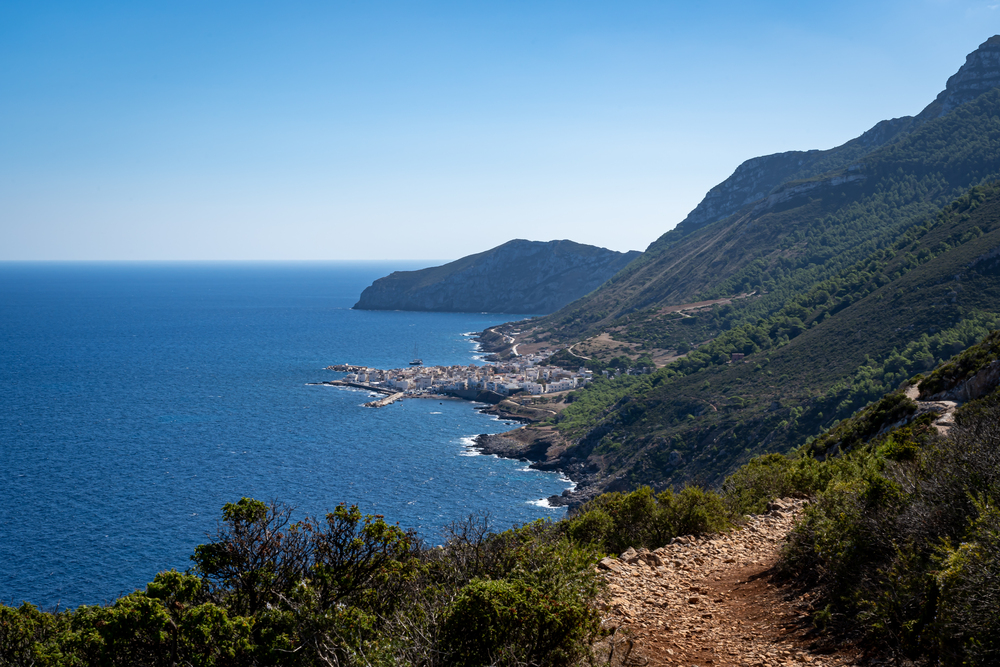
The most remote of Sicily’s Egadi Islands offers an escape to the Mediterranean that
seems to exist outside of time. Ancient paths worn smooth by centuries of footsteps
wind through fragrant macchia, leading to Byzantine churches and Roman ruins that
often have more goat visitors than human ones.
Local fishermen still practice traditional mattanza tuna fishing, though now more for cultural preservation than commerce, while their wives prepare couscous in a tradition that speaks to the island’s proximity to North Africa. The small village harbor fills with the sound of older men playing cards and discussing the day’s catch in the Sicilian dialect while visiting boats bob gently alongside the local fishing fleet.
The crystal-clear waters around the island hide dozens of caves that can be explored by small boats, each telling its own story of pirates and ancient mariners.
Kythira, Greece
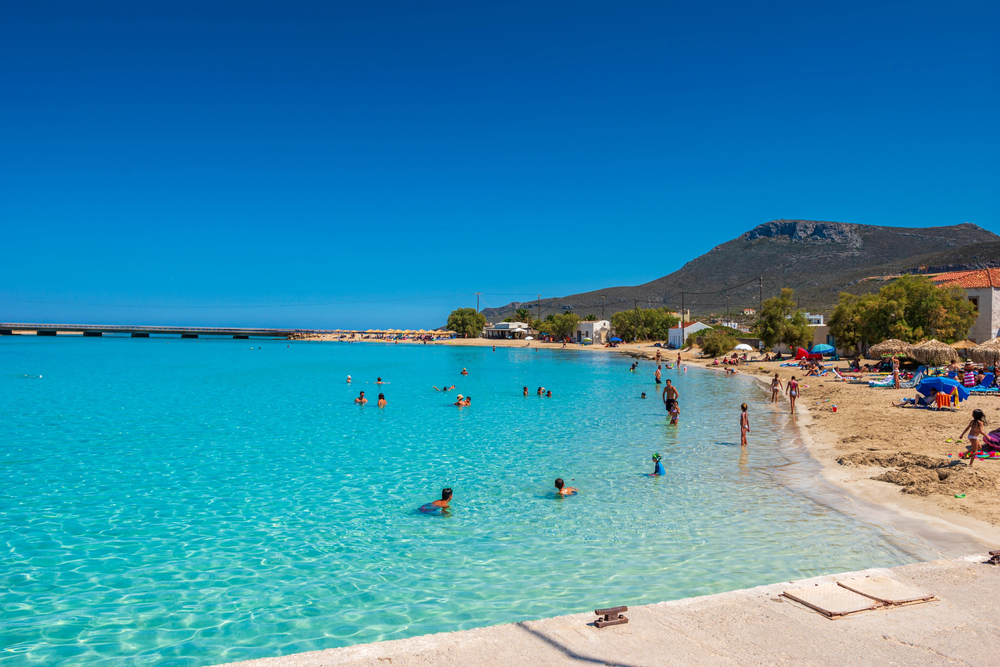
Floating between the Peloponnese and Crete, Kythira defies easy categorization
with its blend of Venetian, British, and Greek influences. The island’s dramatic
waterfalls and secret beaches remain remarkably uncrowded even in peak summer,
thanks to its position away from the usual island-hopping routes.
Local beekeepers produce some of Greece’s finest thyme honey in hives scattered across the hillsides, while old stone mills still process local olive harvests. Villages like Avlemonas seem to have drifted out of a postcard from the 1950s, with their small natural harbors and traditional kafenions where time moves as slowly as the afternoon shadows.
The Venetian castle above Chora stands guard over the island as it has for centuries,
offering sunset views that rival any in the Cyclades.
Lastovo, Croatia
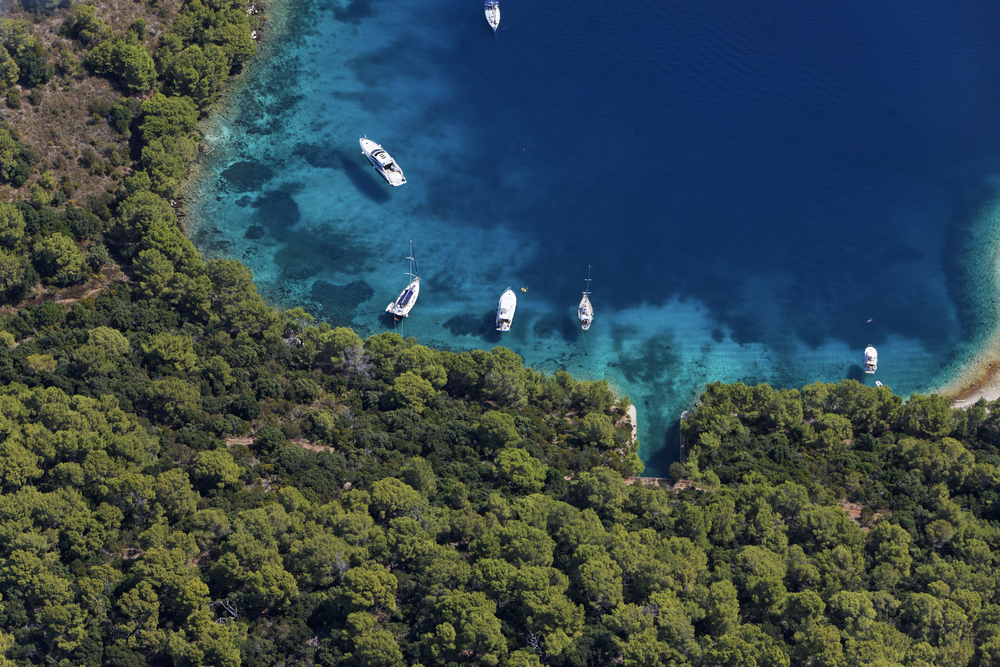
This remote Croatian island takes pride in its status as one of Europe’s last
unspoiled Mediterranean paradises, where dark night skies earned it recognition as
a Dark Sky Park. The extraordinary Venetian architecture of Lastovo Town tumbles
down the hillside in layers of terracotta and stone, with distinctive chimneys that look
like mini crown-topped lighthouses dotting the skyline.
Local winemakers nurture their vines in the same way their ancestors did, producing small batches of wine that rarely leave the island but perfectly capture its terroir. The surrounding archipelago creates a paradise for kayakers and sailors, with dozens of small islets and hidden coves to explore.
The island’s carnival traditions date back centuries, with locals still crafting elaborate paper flowers according to ancient patterns passed down through generations.
Like Travel Pug’s content? Follow us on MSN.
Folegandros, Greece
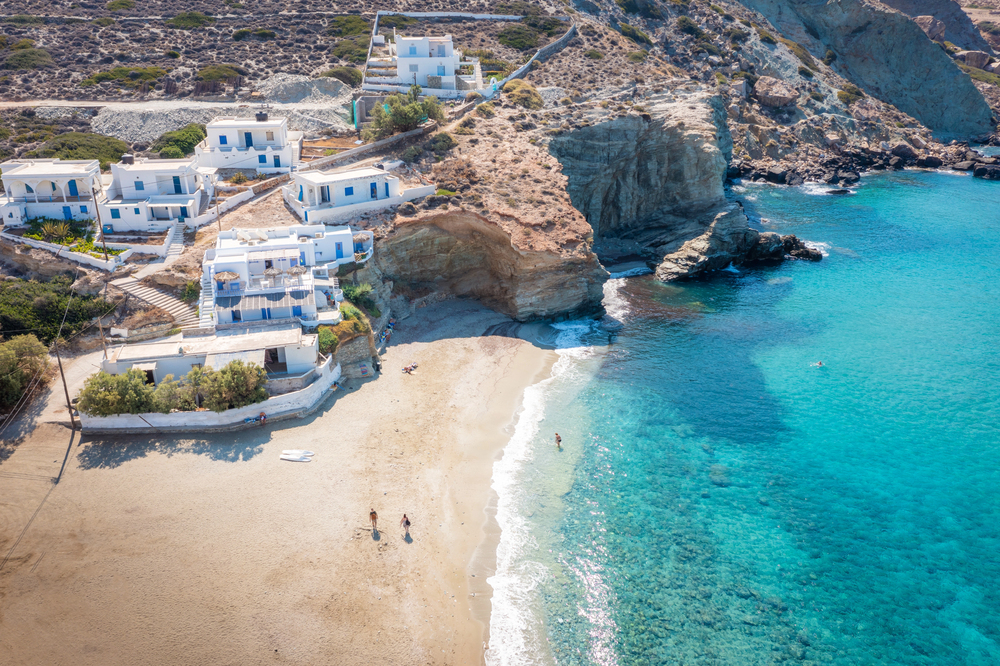
Rising dramatically from the Aegean, Folegandros captures the essence of Cycladic
beauty without the polish of its more famous neighbors. The medieval Chora perches on the edge of a 200-meter cliff, its whitewashed streets forming a perfect maze
where every wrong turn leads to another postcard-worthy view.
Local tavernas still cook in traditional wood-fired ovens, filling the narrow alleys with the scent of slow- cooked mastelo and freshly baked bread. The island’s rugged hiking trails lead to remote churches and hidden beaches, where rough paths and limited access help preserve their peaceful atmosphere.
Sunset from the church of Panagia above the Chora rivals any in the Cyclades, but here, you might have the view entirely to yourself.
Filicudi, Italy
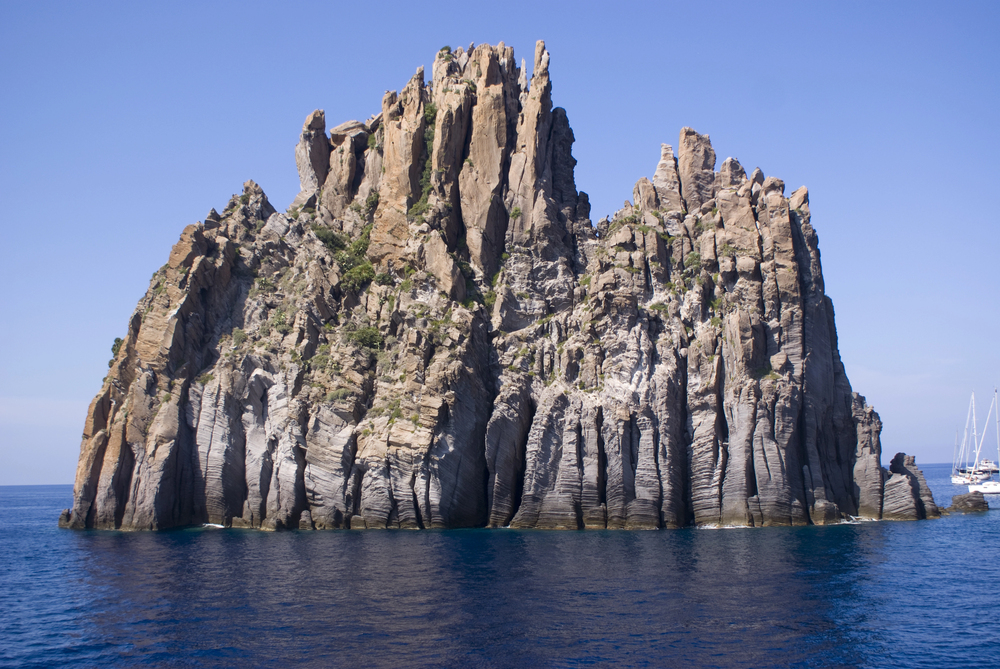
Part of Sicily’s Aeolian archipelago, Filicudi offers a glimpse of island life that seems
to have vanished elsewhere in the Mediterranean. Ancient bronze age huts and
Roman ruins scatter the volcanic landscape, while traditional farmers still cultivate
capers on terraces built by their ancestors.
The island’s legendary La Canna rock rises from the sea like a natural skyscraper, creating a dramatic backdrop for swimming in waters so clear they seem unreal. Local fishermen maintain the tradition of preserving tuna in terracotta pots, a practice that dates back to Greek colonists who first settled on these islands.
The port area comes alive in the evenings when fishing boats return, but even then, it’s a gentle sort of liveliness that feels more like a family gathering than a tourist destination.
Skyros, Greece
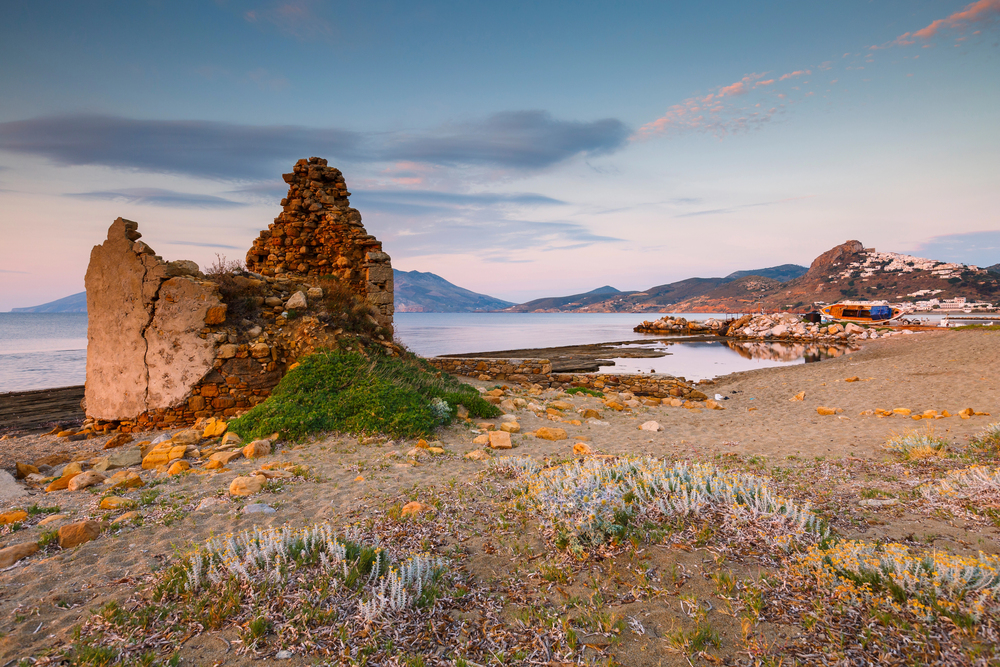
The largest of the Sporades remains remarkably untouched by mass tourism,
preserving traditions that have faded elsewhere in the Aegean. Famous for its
miniature horses and ancient carnival traditions, the island moves to its own rhythm
even during peak summer months.
The medieval castle town tumbles down its rocky perch in a cascade of white cubic houses, looking much as it did when Byzantine emperors ruled these waters. Local artisans still carve wooden furniture using traditional designs, while women weave textiles on old looms in patterns that tell stories of the island’s history.
The wild northern half of the island remains largely uninhabited, offering peaceful pine forests and empty beaches for those willing to venture beyond the main town.
Like Travel Pug’s content? Follow us on MSN.
Levanzo, Italy
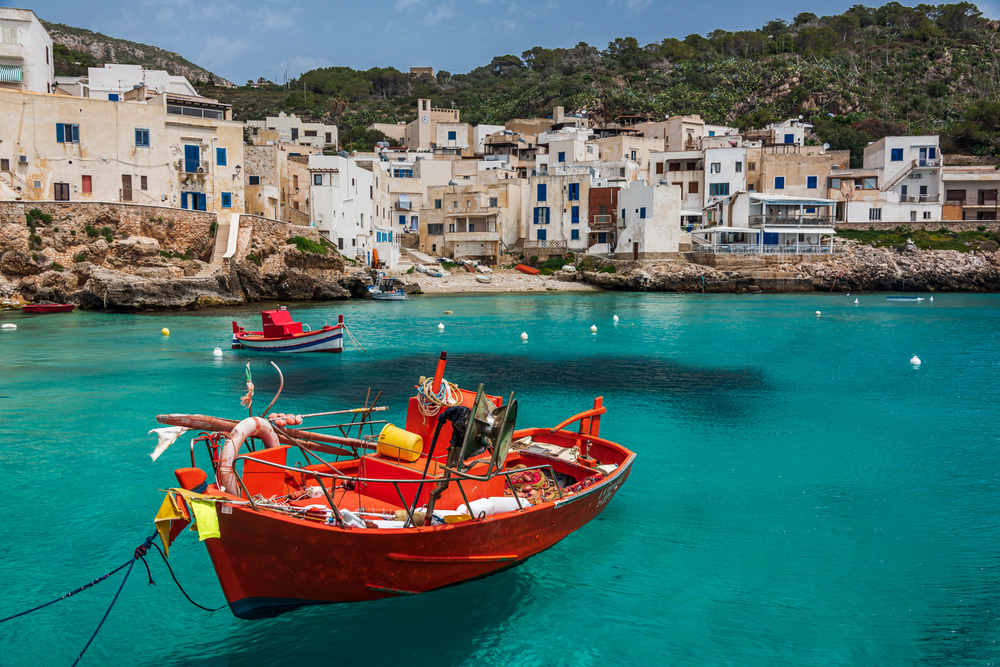
The smallest of Sicily’s Egadi Islands packs an extraordinary amount of history and
natural beauty into its tiny size. Prehistoric cave paintings in the Grotta del Genovese
tell stories of human habitation dating back thousands of years, while crystal-clear
waters hide ancient Roman shipwrecks.
The single village consists of a handful of white cubic houses clustered around a small port, where fishing boats still outnumber pleasure craft even in peak season. Local families maintain traditional gardens on ancient terraces, growing capers and herbs that flavor the island’s distinctive cuisine.
The mountainous interior offers hiking trails with spectacular views across to
neighboring islands, while hidden coves accessible only by boat or foot ensure
solitude even in midsummer.
Gavdos, Greece
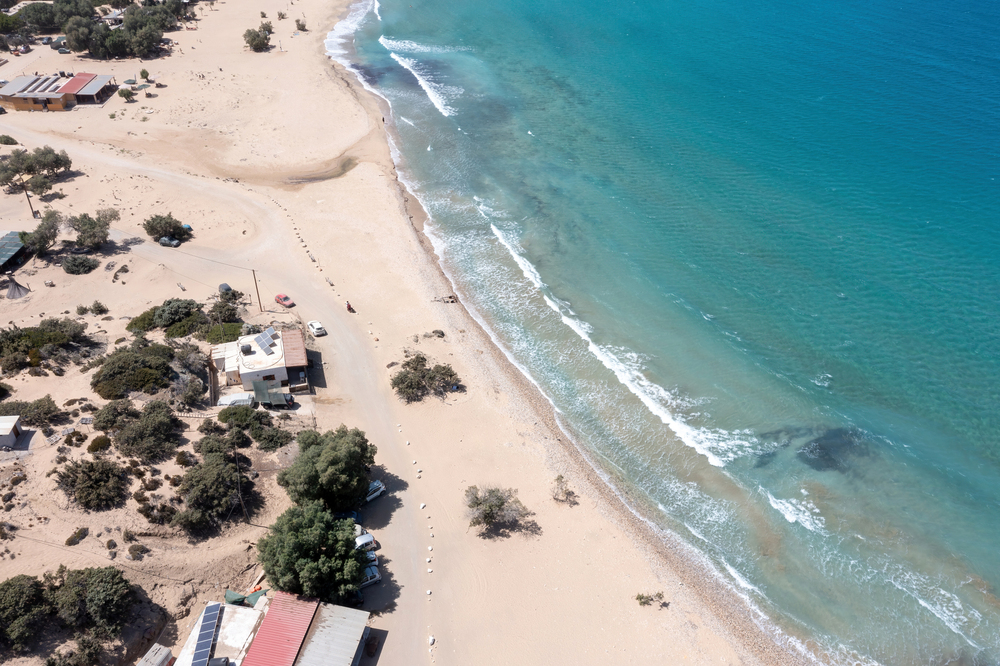
Europe’s southernmost point feels more like North Africa than Greece, with its cedar
forests and sand dunes creating a unique island ecosystem. As the last stop before
Libya, this tiny island offers a sense of remoteness that’s increasingly rare in the
Mediterranean, with limited electricity and no proper roads adding to its end-of-the-
world charm.
Residents still live largely off the grid, maintaining small gardens and gathering wild herbs in practices that haven’t changed for generations. Simple tavernas serve fresh fish and local specialties to a mix of free spirits and adventurous travelers who make the long journey south from Crete.
The famous wooden throne at the island’s southern tip offers a perfect spot for contemplating the endless horizon, knowing that the next stop is another continent.
Šipan, Croatia
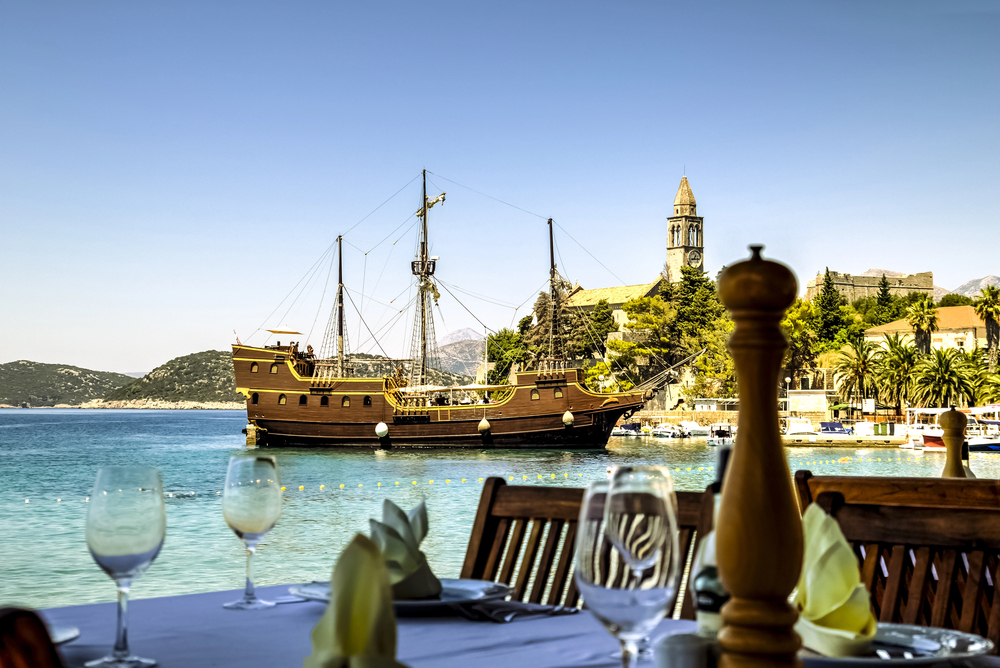
The largest of the Elafiti Islands near Dubrovnik somehow remains remarkably
peaceful even as its famous neighbor fills with tourists. Renaissance summer villas
built by Dubrovnik nobility dot the coastline, their gardens still producing the olives
and figs that made the island prosperous centuries ago.
The two main settlements are connected by a single road that winds through a fertile valley filled with vineyards and olive groves, where farming traditions remain unchanged for generations. Local fishermen maintain their small boats in the traditional way, using techniques passed down through families who have lived on the island for centuries.
The calm waters around the island create perfect conditions for kayaking and swimming, with hidden beaches accessible only by water.
Like Travel Pug’s content? Follow us on MSN.
Leros, Greece
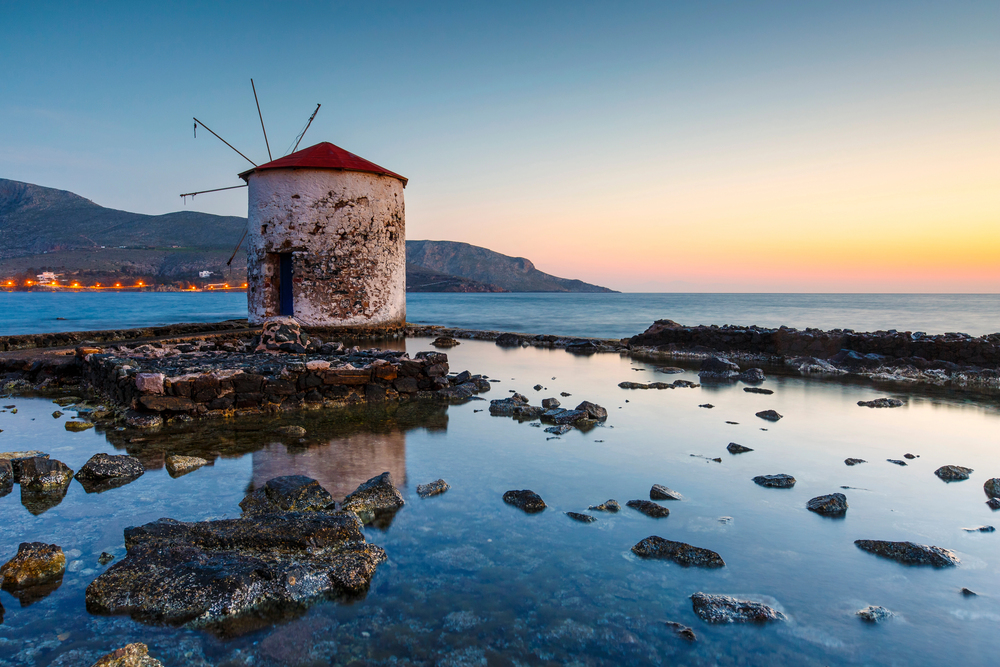
This Dodecanese island’s art deco architecture tells stories of Italian occupation and
strategic importance that set it apart from its neighbors. The dramatic Castle of
Panagia rises above Platanos town, while rationalist buildings from the Italian period
give the port area a distinctive character rarely seen in the Greek islands.
Local artists and creatives have begun settling here, drawn by the peaceful atmosphere
and unique architecture that’s earned the island recognition as an architectural
heritage site. Traditional fishing boats still bring their catch to the port each morning,
supplying tavernas that serve some of the freshest fish in the Dodecanese.
The island’s many bays and inlets create perfect natural harbors where yachts can
anchor in solitude, even during the peak summer season.
Marettimo, Italy
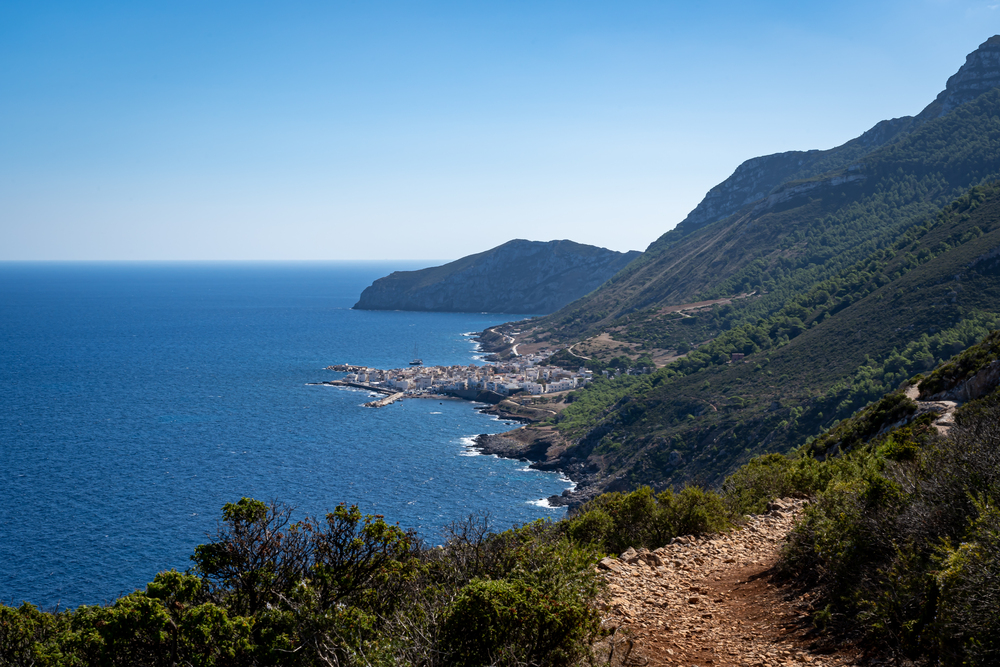
The westernmost of Sicily’s Egadi Islands feels like it’s drifted away from the modern
world, preserving a way of life that’s vanished elsewhere. Ancient paths crisscross
the mountainous interior, leading to Norman castles and Byzantine churches that
often have more goat visitors than human ones.
The small village harbor fills with the sound of fishermen preparing their boats each morning while their wives prepare couscous using recipes that reveal the island’s proximity to North Africa. Local guides offer boat tours to the many sea caves around the island, sharing stories of pirates and ancient mariners that feel entirely believable in these remote waters. The crystal-clear waters around the island create a paradise for snorkelers and divers, with visibility often exceeding 98 feet.
Chalki, Greece
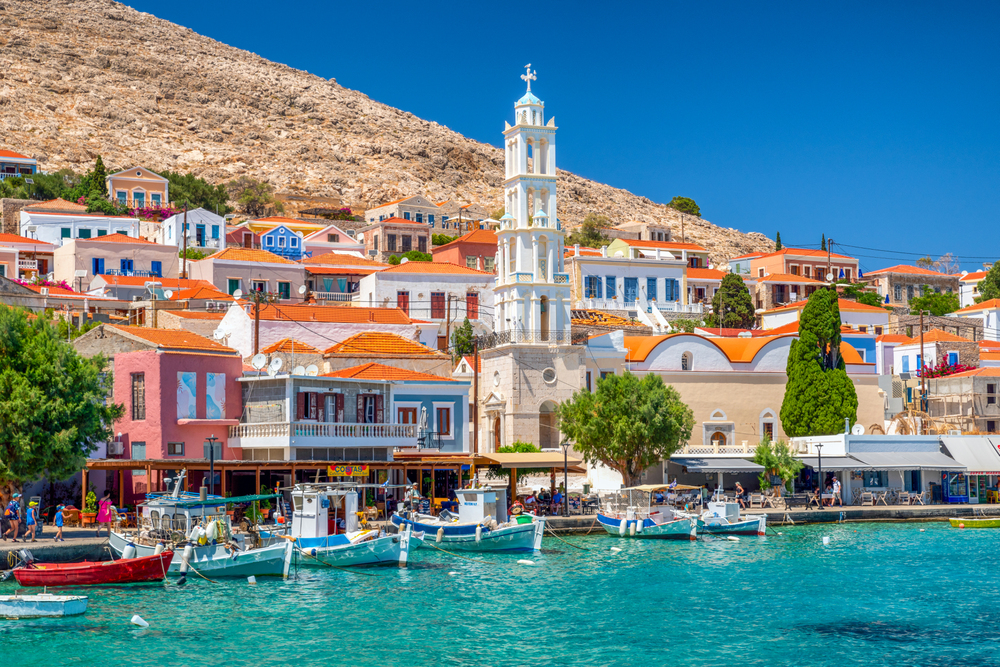
This tiny island near Rhodes packs an extraordinary amount of neoclassical
architecture into its single harbor town, with grand captains’ houses speaking to a
prosperous maritime past. The absence of cars and the gentle pace of life create an
atmosphere that feels more like stepping back in time than visiting a modern Greek
island.
Local taverna owners still catch their own fish and gather wild herbs from the mountainous interior, maintaining culinary traditions that span generations. The
island’s beaches remain peaceful even in peak season, with some accessible only
by water taxi or a vigorous hike through fragrant herb-covered hills.
Traditional fishing boats bob in the harbor alongside visiting yachts while the sound of local children playing in the square echoes off neoclassical facades just as it has for
generations.
Like Travel Pug’s content? Follow us on MSN.
Salina, Italy
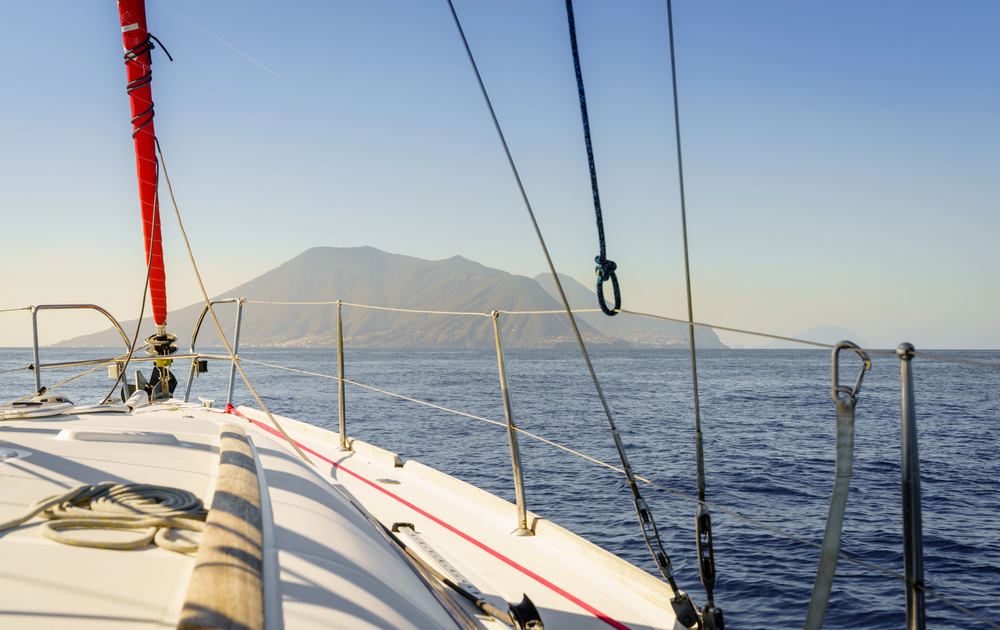
The green heart of the Aeolian Islands offers a more lush and peaceful alternative to
its famous volcanic neighbors. Twin volcanic peaks create a dramatic backdrop for
the island’s three main towns, while terraced vineyards produce the sweet Malvasia
wine that made the island prosperous.
Local farmers still cultivate capers on ancient stone terraces, producing some of Italy’s finest examples of this Mediterranean staple. The clear waters around the island hide interesting geological formations and abundant marine life, while hiking trails offer spectacular views across to smoking Stromboli.
Traditional granite houses painted in pastel colors line the narrow streets of the main towns, their gardens overflowing with flowers and fruit trees.
Symi, Greece
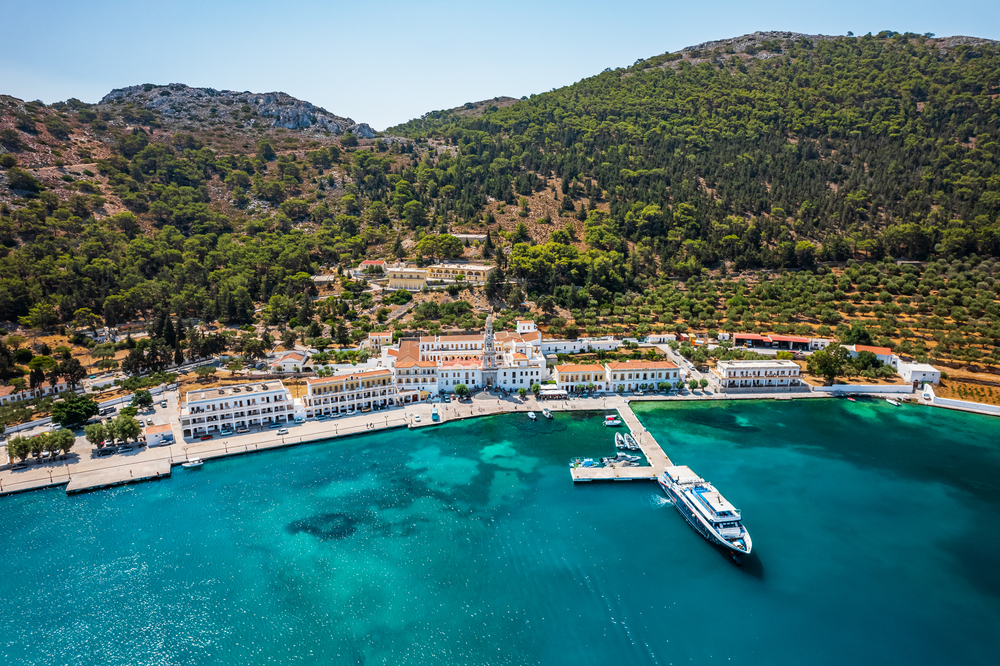
Though not exactly unknown, Symi’s dramatic harbor view belies the peace and
quiet found just a few steps up into its amphitheater of neoclassical houses. The
famous Kali Strata stairs lead up through a perfect example of 19th-century
architecture, where restored mansions tell stories of the island’s prosperous sponge-
diving past.
Local artisans still craft leather goods in traditional workshops, while family-run tavernas serve some of the finest seafood in the Dodecanese. Hidden beaches along the rocky coastline remain peaceful even in peak season, accessible only by water taxi or sturdy hiking boots.
The monastery of Panormitis on the island’s southern tip continues to draw pilgrims and peace-seekers, its Byzantine bell tower reflecting in waters that seem too blue to be real.
Mljet, Croatia
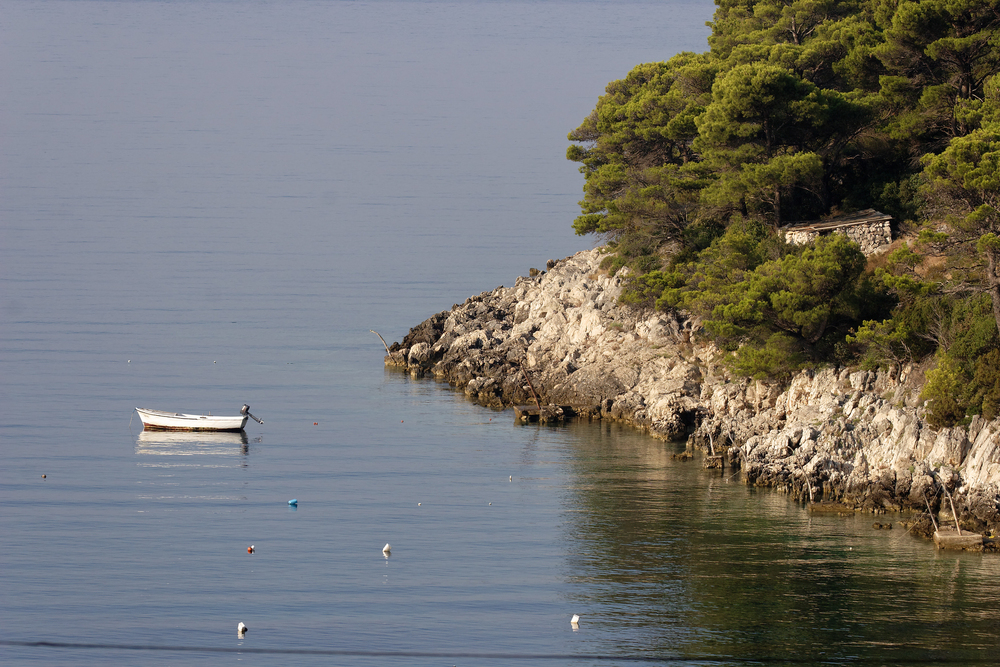
The greenest of Croatia’s larger islands offers a perfect escape into nature, with
much of its western end protected as a national park. Two saltwater lakes in the
park’s interior create a unique ecosystem, with a 12th-century Benedictine
monastery on a small island adding human history to natural beauty.
Local producers make distinctive wines and goat cheese in small villages that seem
forgotten by time, maintaining traditions that date back centuries. The dense pine
forests that gave the island its name provide perfect shade for hiking and cycling,
while hidden beaches and caves along the coastline reward explorers.
The legend that Odysseus spent seven years here with Calypso feels entirely believable when you discover your own perfect bay, surrounded by nothing but crystal-clear water
and the sound of cicadas.
Like Travel Pug’s content? Follow us on MSN.
Castellorizo, Greece
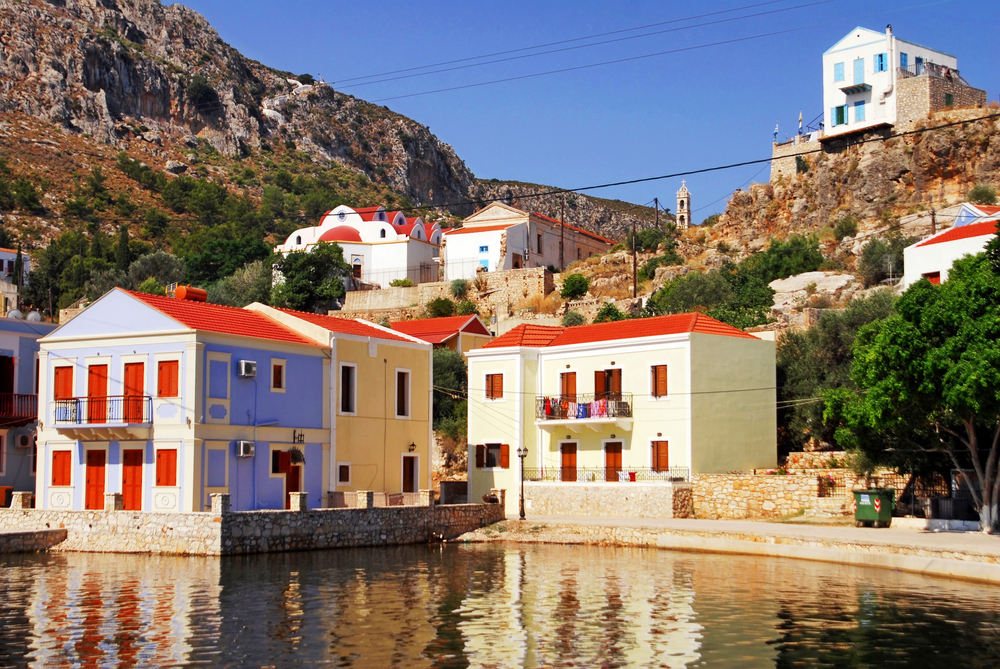
This tiny outpost of Greece sits closer to Turkey than to any other Greek territory,
creating a unique blend of cultures and traditions. The perfect horseshoe harbor
lined with pastel neoclassical houses creates one of the most beautiful port scenes
in the Mediterranean, while the medieval castle above town stands guard over the
narrow strait.
Local fishing boats still supply the harbor’s tavernas with fresh catch daily, while the Blue Cave rivals Capri’s famous grotto but sees only a fraction of the visitors. Traditional wooden kaiki boats painted in bright colors bob in the harbor, their designs unchanged for generations.
The absence of beaches actually works in the island’s favor, keeping mass tourism at bay while creating perfect conditions for swimming from rocky platforms where the water clarity seems almost unreal.
Ponza, Italy
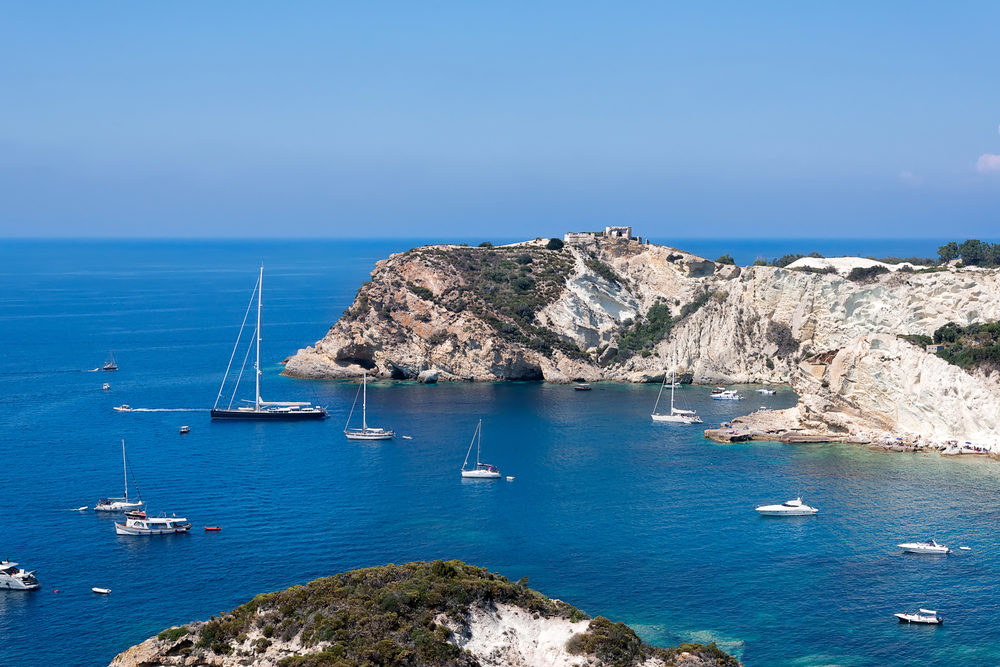
Though popular with Romans in August, this volcanic island off the coast of Lazio
remains remarkably unspoiled and authentic for most of the summer season. Ancient
Roman fish farms carved into the rocky coast tell stories of the island’s long maritime history, while colorful houses climbing up from the port create a perfect
Mediterranean scene.
Local boats offer tours to hidden beaches and caves that riddle the volcanic coastline, many accessible only by water and thus peaceful even in peak season. The island’s volcanic soil produces distinctive wines from vines grown in natural amphitheaters carved by ancient eruptions, while small restaurants serve seafood caught that morning in waters visible from their terraces.
Traditional farming practices are maintained on terraces built into the steep hillsides, producing the capers, lentils, and tomatoes that define the island’s cuisine.
Kastellorizo, Greece
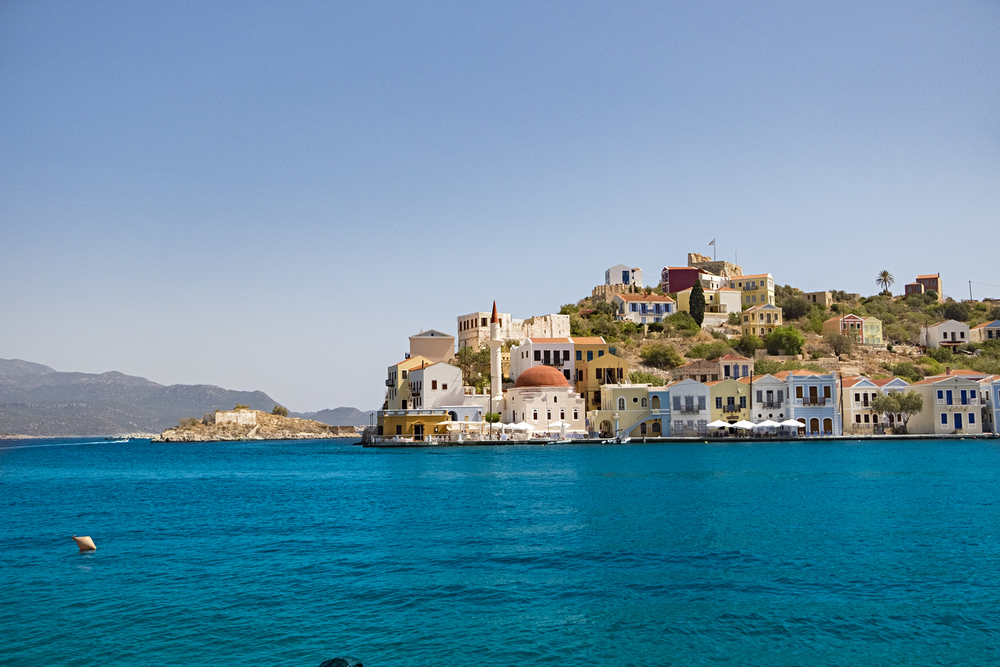
This tiny Mediterranean jewel proves that good things come in small packages, with
its perfect horseshoe harbor and grand architecture telling stories of a prosperous
past. The waterfront presents a perfect tableau of neoclassical mansions in pastel
colors, their wooden balconies overhanging waters so clear you can watch fish
swimming several meters below.
Local fishermen still supply the harbor’s tavernas with fresh catch daily, while their traditional wooden boats add splashes of color to the perfect harbor scene. The famous Blue Cave rivals Capri’s grotto but sees only a fraction of the visitors, its waters illuminated by an otherworldly blue light that seems almost artificial in its intensity.
The absence of beaches actually works in the island’s favor, keeping mass tourism at bay while creating perfect conditions for swimming from rocky platforms where the water clarity seems almost unreal.
Like Travel Pug’s content? Follow us on MSN.
Discover the Hidden Gems of the Mediterranean

These 20 destinations prove that the authentic Mediterranean still exists, hiding in
plain sight just beyond the popular tourist routes. Each offers its unique blend of
history, culture, and natural beauty, preserved by nothing more than their relative
isolation from mass tourism.
While cruise ships and tour buses crowd the usual hotspots, these places continue
their traditional rhythms, offering visitors a chance to experience the Mediterranean
as it once was. Perhaps the true luxury in modern travel isn’t found in five-star
resorts or trendy beach clubs but in these quiet corners where time moves more
slowly.
More from Travel Pug

- 15 Dangerous European Cities to Avoid
- 15 Caribbean Islands Where Tourists Keep Getting Scammed
- The 20 Most Fascinating Abandoned Places: A Journey Through Time and Forgotten Spaces
- 15 Hidden Places in the Smithsonian Museums Locals Love: A Guide to Lesser-Known Treasures
- 16 Hidden Florida Beach Towns That Aren’t Overrun with Tourists
Like Travel Pug’s content? Follow us on MSN.
